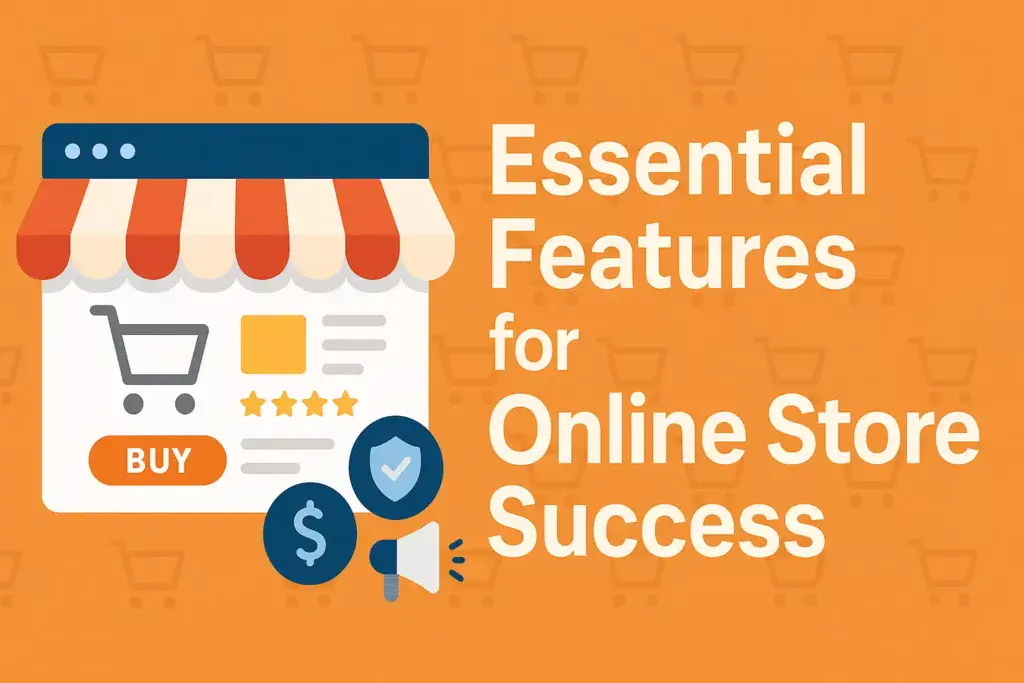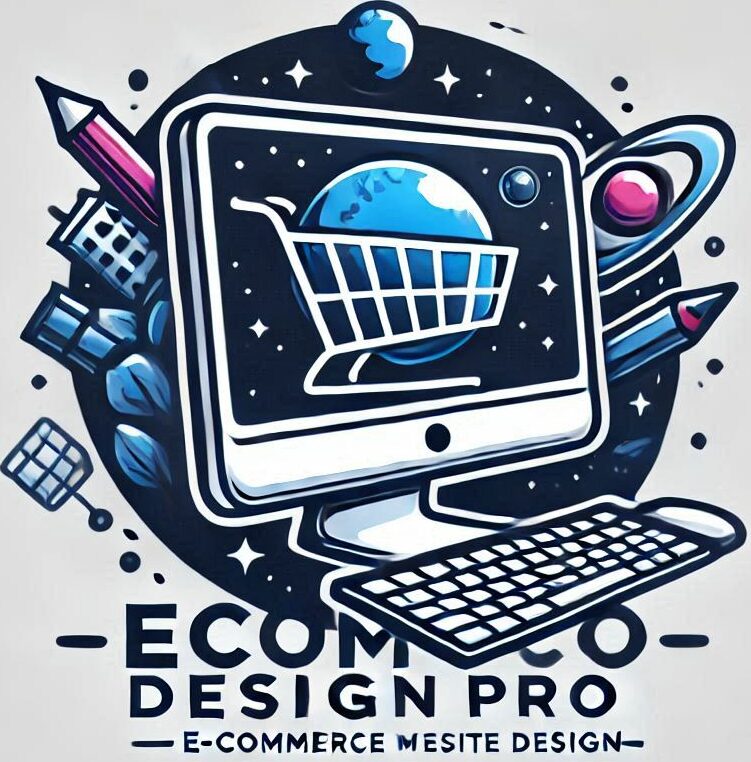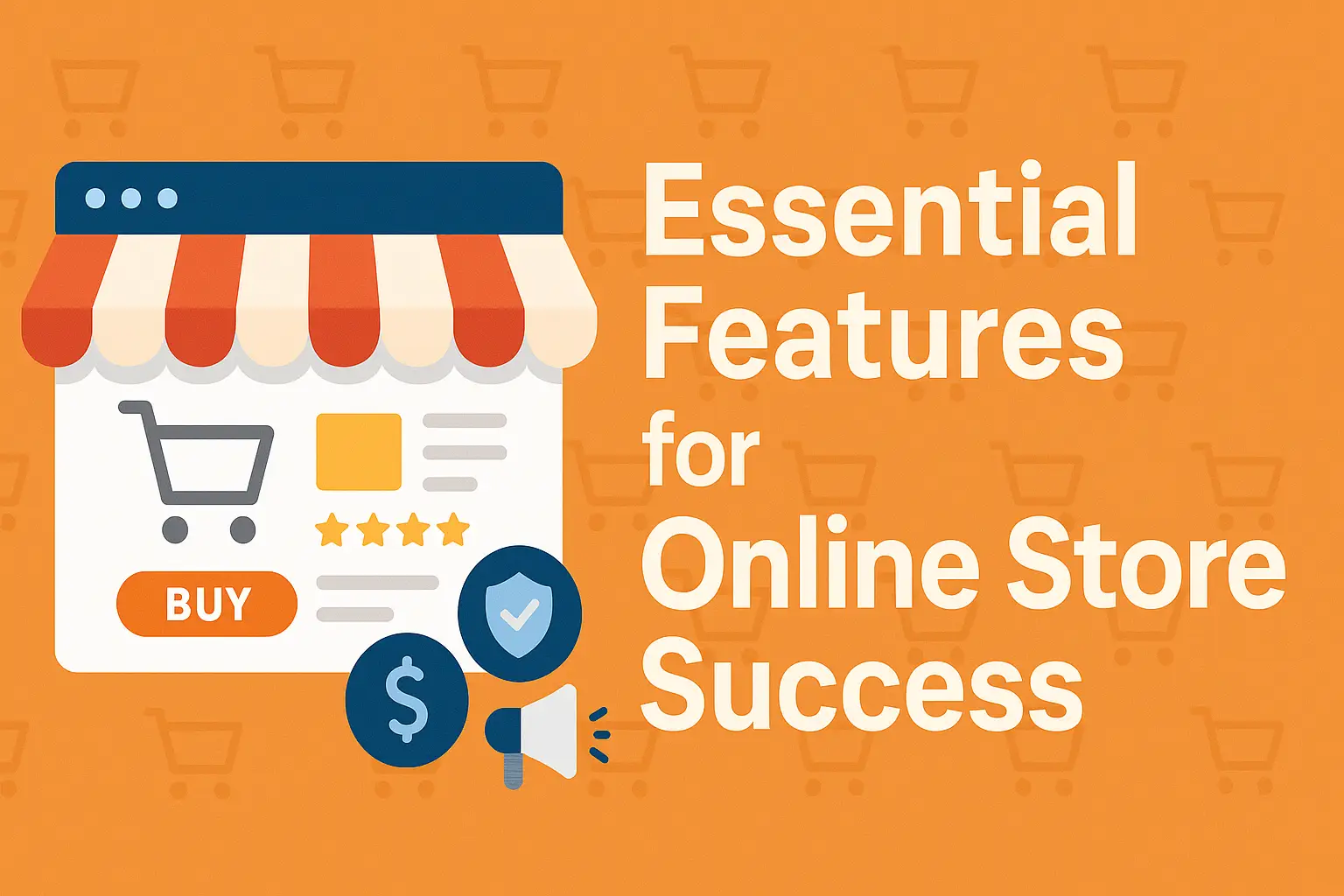
I. Introduction to Online Store Success
Features for Achieving Online Store Success are the cornerstone of a thriving e-commerce business in today’s competitive digital landscape. In the current age of online shopping, simply offering products is not enough. Businesses must prioritize features that enhance customer experience, security, and engagement to stand out. These features for achieving online store success include user-friendly design, flexible payment options, and effective marketing tools—all of which play a critical role in driving growth, building trust, and ensuring long-term profitability.
To achieve success in the online retail space, store owners must focus on several key features that contribute to customer satisfaction and loyalty. These features not only enhance the shopping experience but also foster trust and encourage repeat business. As we delve into the essential components of a successful online store, it becomes clear that a thoughtful approach to design, payment security, and marketing can significantly impact a store’s performance.
In this article, we will explore the must-have features that form the backbone of an effective online store, ensuring that it meets the needs of modern consumers while paving the way for sustainable growth and profitability.
II. User-Friendly Design
In the competitive landscape of online retail, a user-friendly design is paramount for ensuring customer satisfaction and driving sales. An intuitive and appealing interface not only enhances the shopping experience but also encourages repeat visits. Here are three essential elements of user-friendly design that every online store should prioritize:
A. Responsive Layout for Mobile and Desktop
With the increasing use of mobile devices for shopping, a responsive layout is no longer optional; it’s a necessity. A responsive design automatically adjusts and optimizes the website’s appearance across various screen sizes and resolutions. This means that whether a customer is browsing your store on a smartphone, tablet, or desktop, they will enjoy a seamless and consistent experience. A well-implemented responsive design not only improves user experience but also positively impacts search engine rankings, as search engines favor mobile-friendly sites.
B. Intuitive Navigation for Easy Browsing
Effective navigation is crucial for helping customers find what they are looking for quickly and efficiently. An intuitive navigation structure should include clear categories, subcategories, and filters that allow users to refine their searches based on specific criteria such as price, size, or color. Additionally, incorporating a search bar at the top of the page can further enhance usability. By simplifying the browsing experience, you reduce frustration and increase the likelihood of conversion, as customers are more likely to complete a purchase when they can easily navigate the site.
C. Attractive Product Pages with High-Quality Images
Product pages serve as the focal point of any online store, and high-quality images play a vital role in capturing customer interest. Images should be clear, detailed, and showcase the product from multiple angles. Including zoom functionality allows customers to examine products closely, increasing their confidence in their purchasing decisions. Furthermore, complementing images with well-written descriptions, specifications, and customer reviews can provide essential information that aids in the decision-making process. An aesthetically pleasing and informative product page can significantly enhance user engagement and drive sales.
In summary, a user-friendly design is a cornerstone of online store success, as it directly influences user experience and satisfaction. Investing in responsive layouts, intuitive navigation, and attractive product pages can lead to higher conversion rates and foster long-term customer loyalty.
III. Secure and Flexible Payment Options
In the realm of e-commerce, the payment process stands as a critical component of the customer experience. A seamless and secure payment system not only enhances user trust but also contributes significantly to conversion rates. To ensure long-term success, online stores must prioritize secure and flexible payment options that cater to diverse customer preferences.
A. Multiple Payment Gateway Integrations
One of the foremost considerations for any online store is the integration of multiple payment gateways. By offering a variety of payment options—including credit and debit cards, digital wallets like PayPal and Apple Pay, and even cryptocurrency—retailers can accommodate a wider range of customers. This flexibility not only increases the likelihood of completed transactions but also allows shoppers to choose their preferred method, making the entire purchasing process more convenient. Furthermore, integrating popular payment gateways can enhance consumer confidence, as customers often feel more secure using familiar platforms.
B. SSL Certificates for Data Protection
Security is paramount in online transactions. Implementing Secure Socket Layer (SSL) certificates is a non-negotiable aspect of any successful online store. SSL encryption ensures that sensitive information, such as credit card details and personal data, is transmitted securely between the customer’s browser and the store’s server. Displaying SSL certification can significantly boost consumer trust, as it signals that the site takes data protection seriously. In an era where data breaches are all too common, demonstrating a commitment to safeguarding customer information is essential for building a loyal customer base.
C. Easy Checkout Process to Reduce Cart Abandonment
Even with a secure payment system in place, a complicated checkout process can lead to high rates of cart abandonment. To combat this issue, online stores should aim for a streamlined and straightforward checkout experience. This includes minimizing the number of steps required to complete a purchase, allowing guest checkouts without mandatory account creation, and offering clear progress indicators throughout the process. Additionally, providing options for saved payment methods can expedite future purchases. By simplifying the checkout experience, retailers can significantly reduce friction, ultimately leading to higher conversion rates and improved customer satisfaction.
In summary, secure and flexible payment options are integral to the success of any online store. By integrating multiple payment gateways, ensuring data protection through SSL certificates, and optimizing the checkout process, retailers can create a trustworthy and user-friendly environment that encourages customers to complete their purchases. As the e-commerce landscape continues to evolve, prioritizing these payment features will be essential for staying competitive and meeting consumer expectations.
IV. Effective Marketing Tools
In the competitive landscape of online retail, having the right marketing tools is essential for driving traffic, engaging customers, and ultimately increasing sales. Effective marketing strategies not only enhance visibility but also foster a loyal customer base. Here are some must-have marketing tools that every online store should consider.
A. SEO Optimization for Better Visibility
Search Engine Optimization (SEO) is crucial for online stores aiming to increase their organic reach. By optimizing product descriptions, meta tags, and images, businesses can improve their rankings on search engine results pages (SERPs). Utilizing keyword research to identify terms that potential customers are searching for can help tailor content to meet those needs. Additionally, implementing structured data markup can enhance listings in search results, making them more attractive and informative to users. Regularly updating content, such as blog posts or product reviews, can also keep the website relevant and improve its SEO performance.
B. Email Marketing Integration for Customer Engagement
Email marketing remains one of the most effective channels for engaging customers. Integrating email marketing tools with the online store allows for personalized communication and targeted campaigns. Businesses can segment their audience based on purchase history or browsing behavior to send tailored promotions, product recommendations, and newsletters. Automated email sequences, such as welcome emails for new subscribers or cart abandonment reminders, can significantly increase conversion rates. By nurturing customer relationships through consistent and meaningful email interactions, online stores can boost repeat purchases and enhance customer loyalty.
C. Social Media Sharing Features for Brand Promotion
Social media platforms are powerful tools for brand promotion and customer engagement. Incorporating social media sharing features directly on product pages encourages customers to share their purchases or favorite items with their networks, effectively generating word-of-mouth marketing. Online stores should also consider integrating social media feeds into their websites to showcase user-generated content and customer reviews. Engaging with customers on platforms like Instagram, Facebook, and Twitter can help build a community around the brand, allowing businesses to interact with their audience, respond to inquiries, and gather feedback. Additionally, running targeted ad campaigns on social media can reach a wider audience and drive traffic back to the online store.
In conclusion, effective marketing tools are essential for the success of any online store. By focusing on SEO optimization, leveraging email marketing, and utilizing social media, businesses can enhance their visibility, engage customers, and foster brand loyalty. As the digital landscape continues to evolve, staying updated with the latest marketing trends and tools will be key to maintaining a competitive edge in the online retail space.
V. Conclusion and Future Outlook
In the rapidly evolving world of e-commerce, the success of an online store hinges on a combination of strategic features that enhance user experience, security, and marketing effectiveness. As we have explored throughout this article, a user-friendly design, secure payment options, and effective marketing tools are not merely beneficial—they are essential for thriving in a competitive landscape.
The future of online retail will likely see the continued integration of advanced technologies such as artificial intelligence and machine learning, which can provide personalized shopping experiences and predictive analytics to better understand customer behavior. As consumer preferences shift towards sustainability and ethical shopping, online stores that incorporate eco-friendly practices and transparent supply chains will stand out in the marketplace.
Moreover, the growing importance of mobile commerce cannot be overstated. With an increasing number of consumers shopping on their smartphones, optimizing for mobile usability will remain a priority. As technology evolves, so too will the expectations of online shoppers, making it imperative for e-commerce businesses to stay ahead of trends and continuously adapt their strategies.
In conclusion, by prioritizing the must-have features discussed in this article, online store owners can not only achieve immediate success but also lay a solid foundation for long-term growth. As we look to the future, embracing innovation and focusing on customer-centric practices will be key to navigating the ever-changing dynamics of the online shopping landscape.



